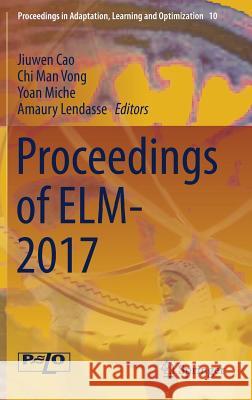Proceedings of Elm-2017 » książka
topmenu
Proceedings of Elm-2017
ISBN-13: 9783030015190 / Angielski / Twarda / 2018 / 340 str.
Kategorie:
Kategorie BISAC:
Wydawca:
Springer
Seria wydawnicza:
Język:
Angielski
ISBN-13:
9783030015190
Rok wydania:
2018
Wydanie:
2019
Ilość stron:
340
Waga:
0.66 kg
Wymiary:
23.39 x 15.6 x 2.06
Oprawa:
Twarda
Wolumenów:
01
Dodatkowe informacje:
Wydanie ilustrowane











